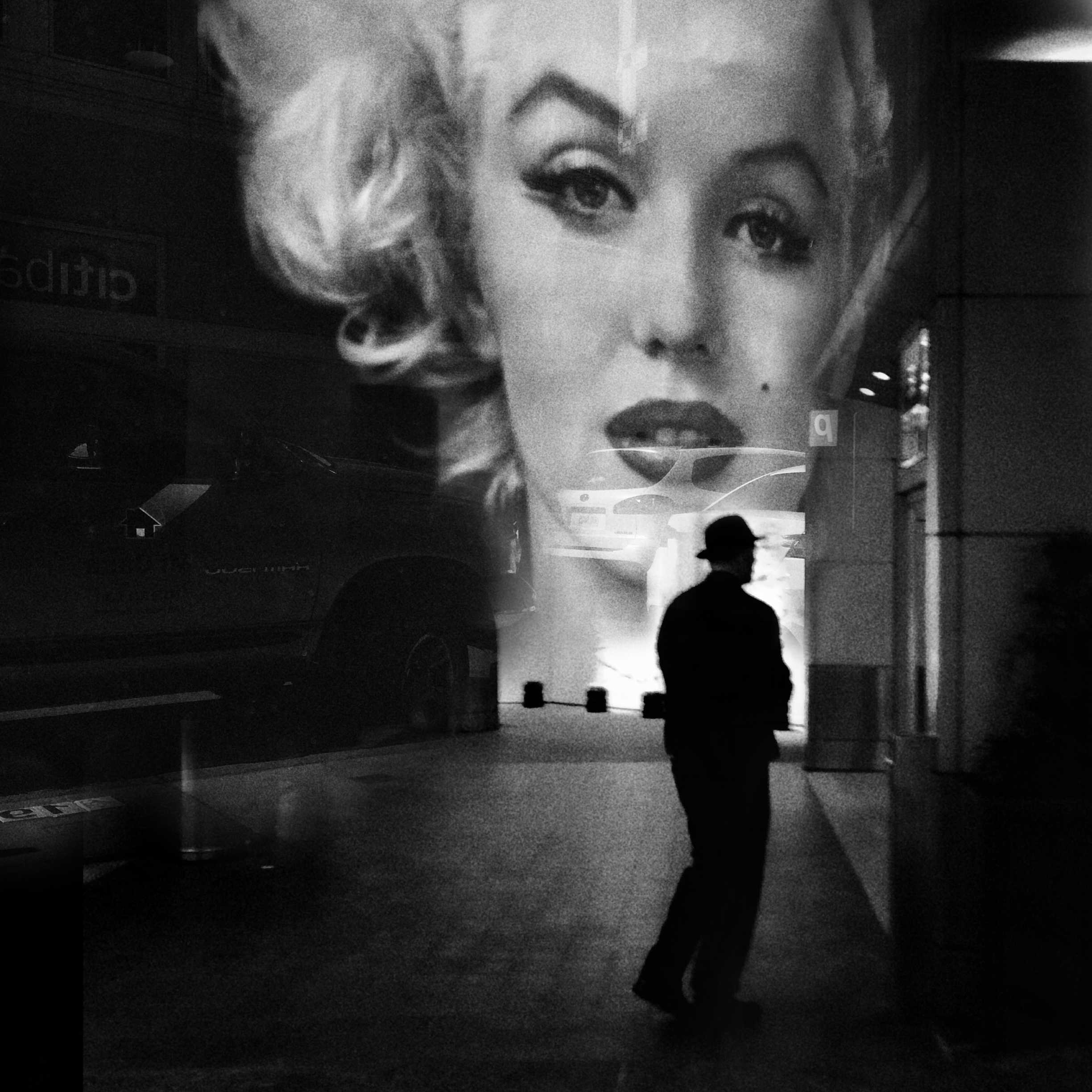 Accomplished photographers tend to bristle when asked to talk about equipment. It’s not the camera that makes the picture, it’s the photographer.
Accomplished photographers tend to bristle when asked to talk about equipment. It’s not the camera that makes the picture, it’s the photographer.
Acclaimed photographer Richard Koci Hernandez would tend to agree, but he’s likely to gush about his camera anyway. That’s because some of the most interesting and satisfying work of his career has come from shooting with his iPhone.
The kind of gear that once helped Hernandez garner Pulitzer Prize nominations now rests idly in a camera bag.
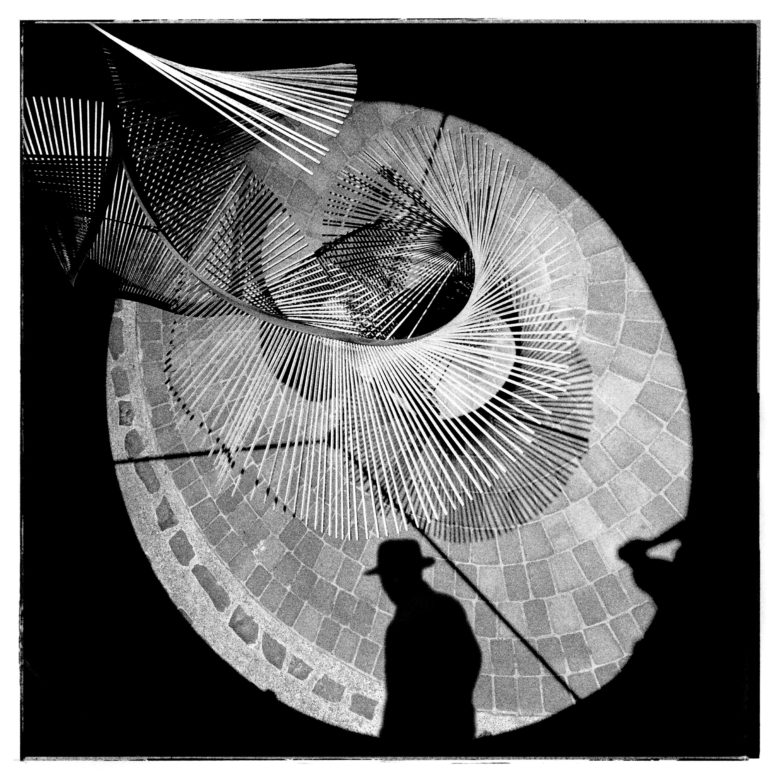
Photo: Richard Koci Hernandez
An enthusiastic convert
“I fell in love with it [the iPhone camera] so quickly, I disavowed myself from every professional camera, boxed them up and have never gone back,” says Hernandez, a former San Jose Mercury News shooter who now teaches multimedia journalism at UC Berkeley. “It literally changed my life.”
Hernandez’s words hint at the seismic disruption smartphone cameras, especially the iPhone, have had on the world of photography. Conventional camera sales have been in a free fall as Apple has brought greater sophistication to the camera with each generation of iPhone.
Combined with social media apps like Instagram and Facebook, people document and share their lives like never before. The photo-sharing platform, Flickr, reported last year that the iPhone became the single-most-used camera among its 10 million users.
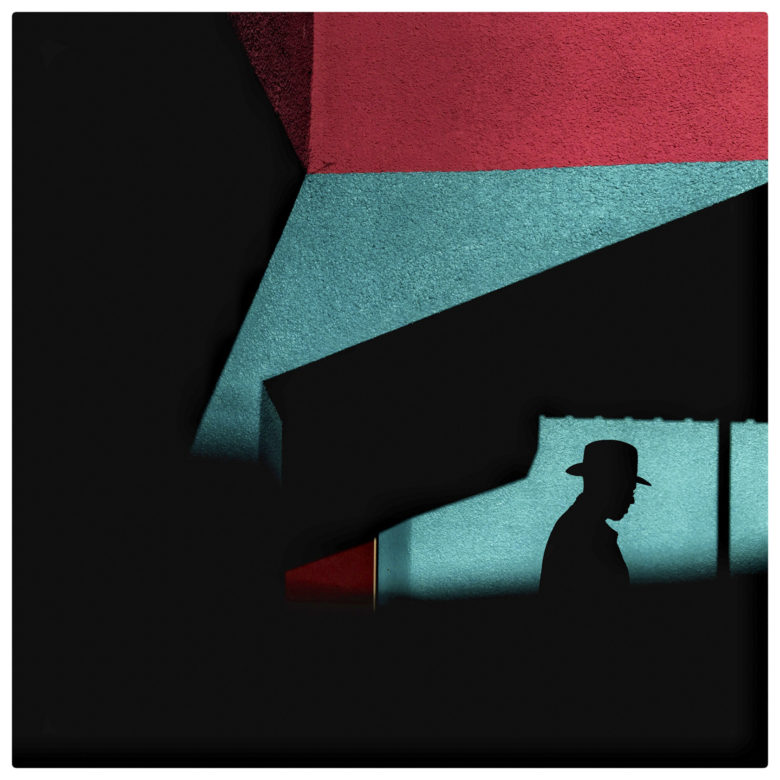
Photo: Richard Koci Hernandez
A social platform
And while a sizable percentage of the quarter billion photos created daily across the world are selfies, iPhones have been used to create work hung in major photography exhibitions, video and stills for major ad campaigns, and even motion pictures winning praise at film festivals.
“Social is the key component of this when talking about mobile photography,” says Jason Farman, associate professor of American Studies at University of Maryland-College Park. “The way the iPhone camera links out to the broader world, they’re not simply photographs. It’s the expression of identity and how people craft their social world.”
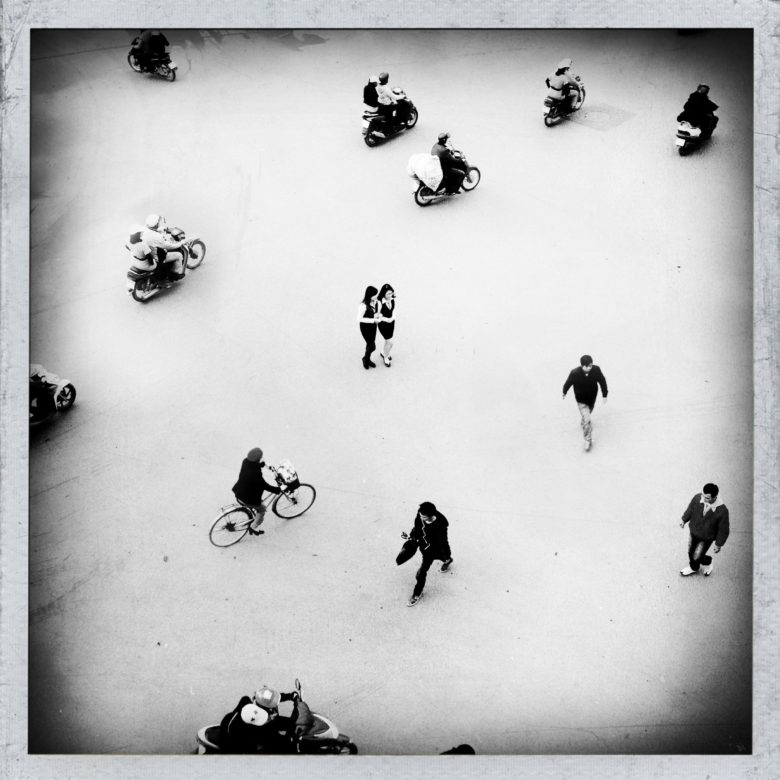
Photo: Richard Koci Hernandez
Shoot, edit, send in one device
Hernandez, 46, remembers being on breaking news assignments with editors breathing down his neck on deadline to file his pictures ASAP. That photographers could shoot digital images and transmit them from a laptop was a photographic advancement to behold. But the iPhone was still quicker and Hernandez found himself shooting and sending with his iPhone to sate editors looking to post quickly to the newspaper’s website.
The quality of early iPhone cameras could not match images made with film or digital SLR cameras. But Hernandez saw the potential.
“It’s not only a creative tool because the phone is tied to the internet. Now you have a distribution platform,” Hernandez says. “It was a darkroom in my hand and it became a way to distribute. Photography had never seen that before. Now I could do all these things in the palm of my hand with apps that used to take me hours in the darkroom and years and years of training.”
Hernandez is a prime example of what Farman says about connecting with a broader world with the iPhone. Hernandez has more than 252,000 followers on Instagram from around the world, reaching much farther than the newspaper readerships he was used to.

Photo: Richard Koci Hernandez
Street shooter
His street photography, finished mostly in black and white, are magical marriages of the human element with striking light, sharp shadows, and bold compositions, which naturally occur in Hernandez’s San Francisco. He admits to being drawn to silhouetted figures, especially when there is a structured hat involved, but nothing about his work seems derivative. The view is dreamy, at times haunting, and uniquely his.
His street shooting caught the eye of Pierre Le Govic, who runs a publishing house in France called Out of the Phone, devoted exclusively to publishing mobile photography works. Hernandez’s 2014 Downtown includes 84 photographs and was one of the first books published by Out of the Phone.
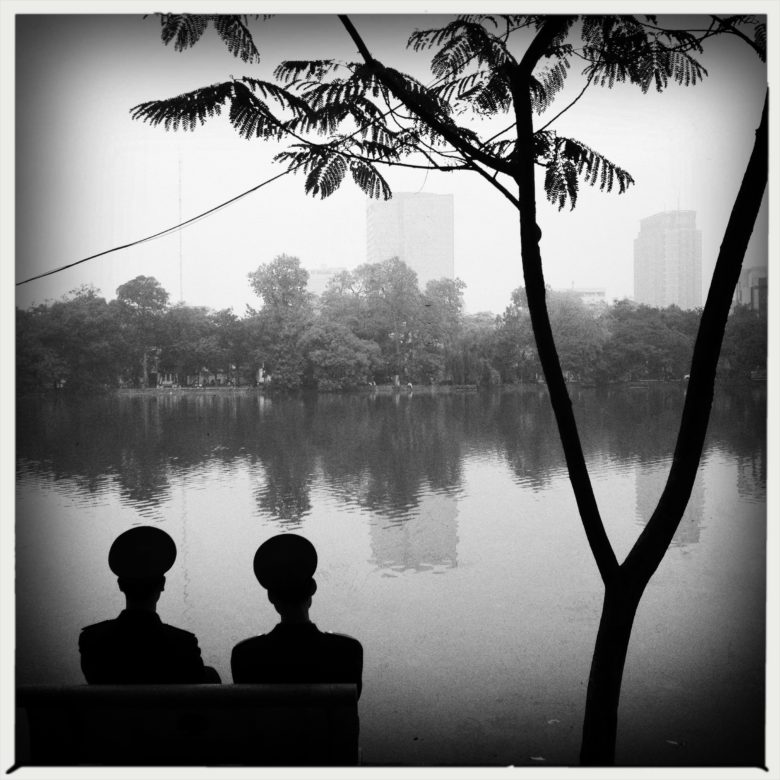
Photo: Richard Koci Hernandez
That same year, Hernandez deleted his photos from Instagram out of a desire to start fresh. After a brief break, his shadowy street scenes returned. He is energized by the often immediate feedback he receives from followers.
That kind of connection with newspaper readers was almost nonexistent “because it was an arduous process for someone to take the time to actually write a letter, and finding my work was always hard,” he says. “In 20 years, I got about 12 letters and maybe two dozen emails. So for me, there is really no comparison to the immediate feedback loop that social media created for responses to my work.”
